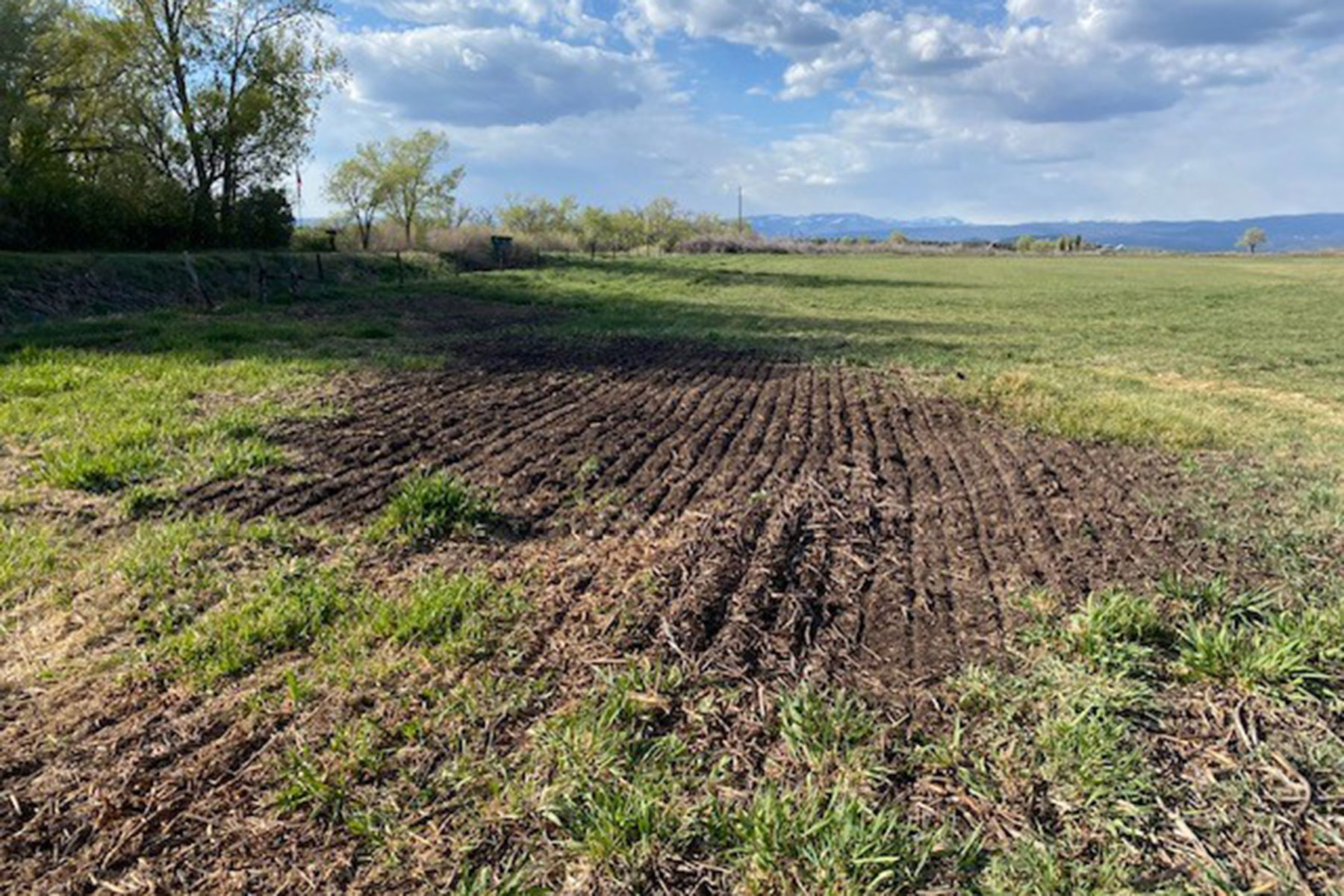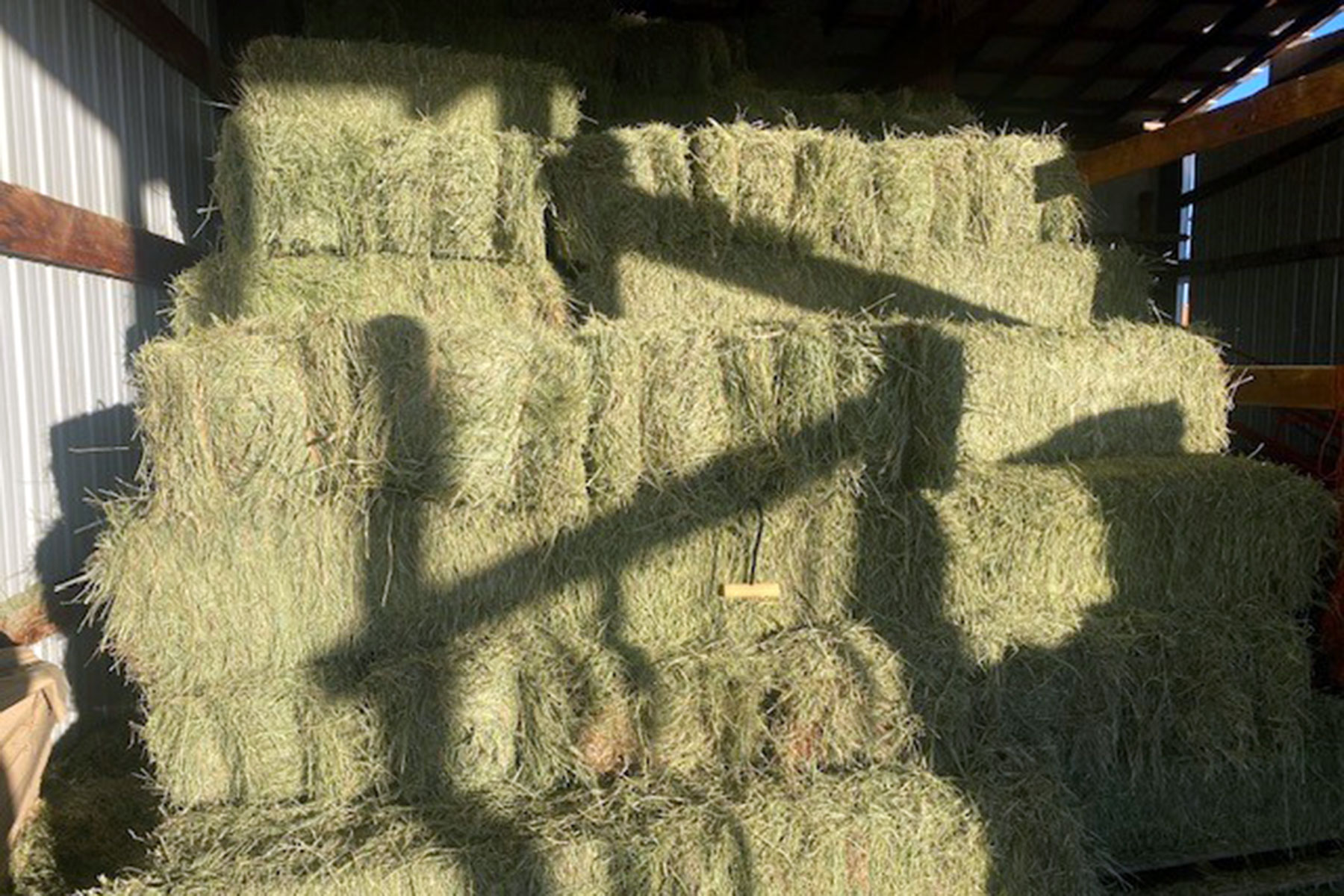Gentlemen, start your engines
Over the past three years, I’ve tried to gather information about when people seed, fertilize, irrigate, and cut hay. The goal was to gather data and apply it to my own farm to find best practices. It appears that this is privileged information that many farmers are reluctant to share. At first, I thought this was because divulging operations and harvesting calendars would unveil a competitive advantage. There is also a thing I notice among farmers in terms of protecting information: many people do things in a manner that works for them, but they don’t want to offer advice in case things fail, a person doesn’t point to them to place blame. In short. We are willing to take risk and experiment with our own farms, but there is a sense of guilt if we mess up someone else’s property because they took our advice…which was given with good intention. Regardless, merely driving around, it is simple to spot what people are doing out in their fields. With that said, apparently, the time has arrived for the first cut of the season!
Why July 1st?
The fun part about farming is that every year is different. Each year has its own challenges. The natural goal is to be better this year than last. For me, this year’s greatest challenge was irrigation. I had none. I still have none. As of the printing of this issue, the only water that has touched my fields has been rainwater. I switched over to a sprinkler system that has been in the works for over a year now. There is much to talk about with this in future articles, but for now, the point is no irrigation.
Still, this article is about the collective. We as farmers push on and I see many assignments, allotments, and private property with ample growth and just beaming with grasses ready to cut. As I understand this, when the grass seeds start to “seed out,” that is pretty much when that grass stalk is done growing. This can happen at various stages of growth depending on water, drought, heat, and other factors. My simple mind thinks that when it appears that the majority of the grass is showing that they are seeded out, that would be the time to cut. Not so fast grasshopper, there are other grasses that are still growing in, and people will tend to wait to let as much of the growth mature as possible before rendering that first cut.
To me, this answers the question of why someone might wait an extra three weeks to cut when it appeared that the grass was ready back in the middle of June. More grasses yield more tonnage. More tonnage yields more bales.
The second thing to consider is temperature. This was a great year for moisture and the moisture not only provides water to our rivers, lakes, and ditches, it also softens the ground and keeps the temperatures lower in the seasons. This is great for cold weather grasses. In the air, the temperature has just recently been teetering into the mid and high 80’s. We need high temperatures to dry the grasses faster. Cut hay will need a specific number of hours on the ground to dry and a couple of rakings. How many and how long are part of those trade secrets that we discussed above. Since June 19, we have yet to have rain. The window is wide open for cutting, drying, raking, baling, and stacking. It’s good to see people taking to the tractors and filling up their barns.




